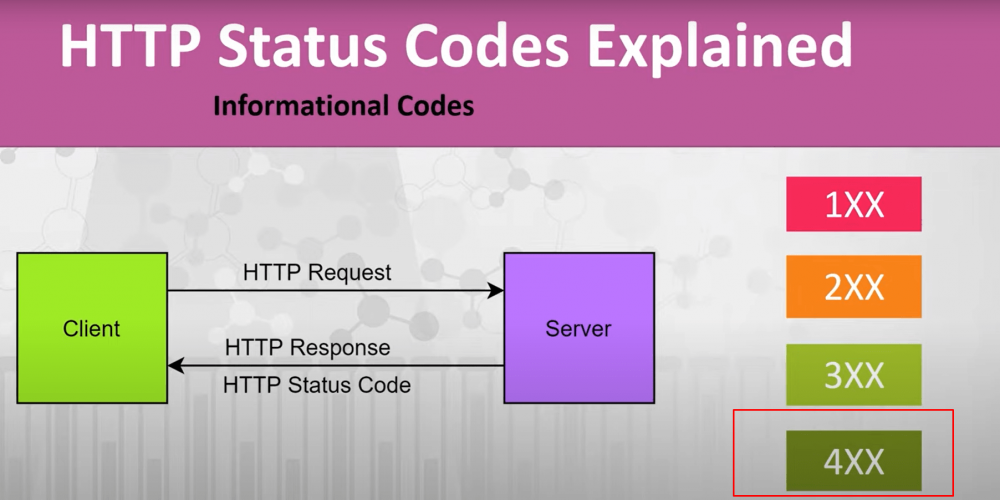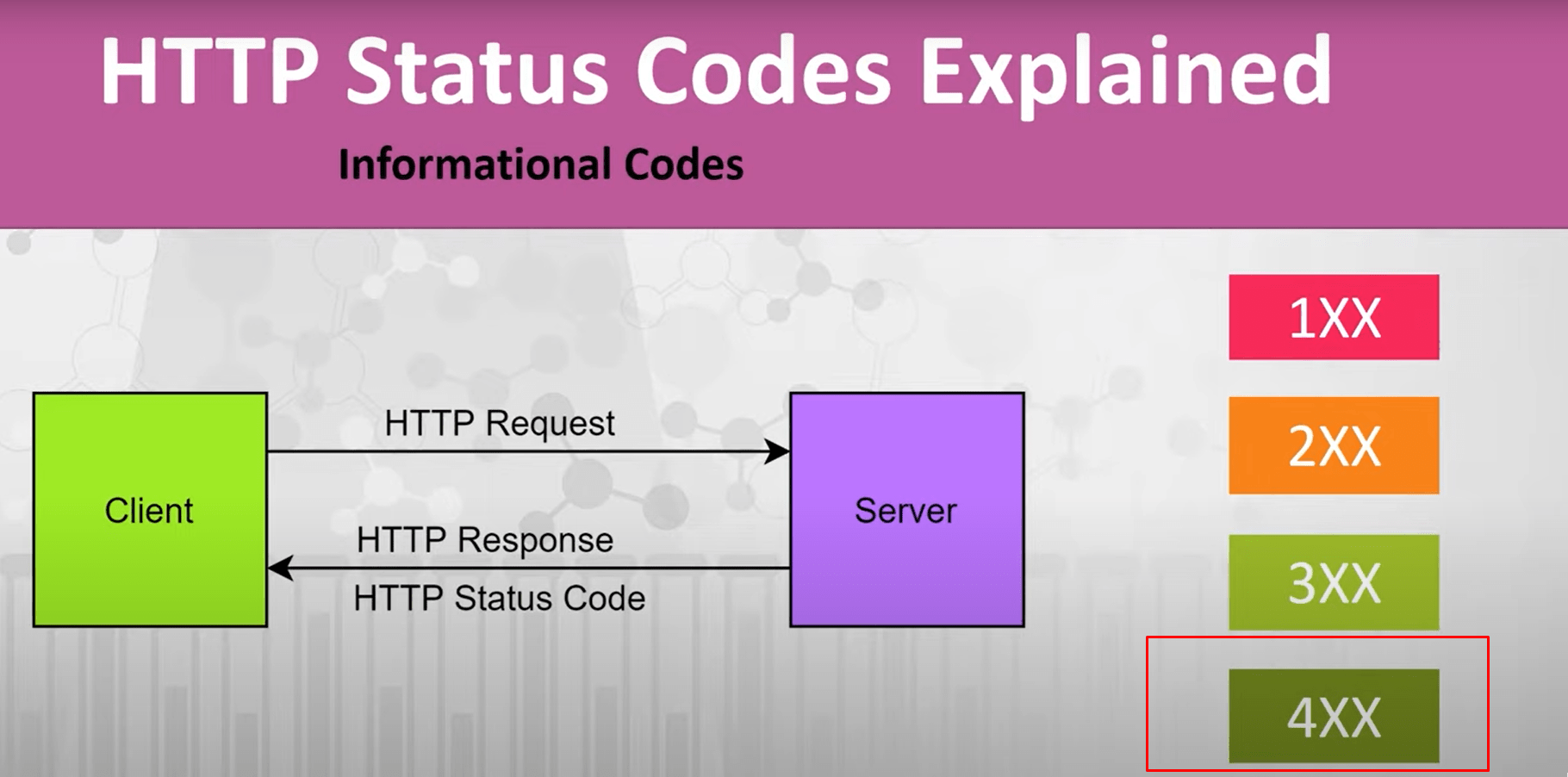In the world of web development, HTTP status codes play a critical role in communicating the status of web requests between clients and servers. These codes are a part of the HTTP protocol and are used to indicate whether a request has been successfully completed or not. Among the many HTTP status codes, the 420 status code is a relatively new addition that is not widely used. In this article, we will explore the definition of the 420 status code, its usage, and methods to handle it.
Definition
The 420 status code is an unofficial status code that is not included in the HTTP standard. It was introduced as a joke by the web community. Ironically, 420 or alternatively April 20th is a day that has been associated with cannabis culture (possible as police code 420 is for cannabis smoking in progress!). As such, the 420 status code is also known as the “Enhance Your Calm” status code or the “Teapot” status code.
The official definition of the 420 status code is “Method Failure.” This means that the method used in the request, such as GET, POST, PUT, or DELETE, has failed to complete successfully. However, the exact reason for the failure is not specified in the status code itself. Instead, the server may include additional information in the response body or headers to provide more details.
If it is sent by the Spring Framework then it is showing a method has failed,but if sent by Twitter then it demonstrates that the client is being rate limited for making too many requests.
Usage
As the 420 status code is not an official status code, it is not widely used in production systems. However, it may be used in certain contexts, such as in experimental or development environments, or in situations where a web application wants to inject some humor into its error messages.
One example of the use of the 420 status code is in the API of the social media platform Twitter. Twitter has a rate limit on API requests, which is designed to prevent abuse and ensure that the platform remains stable. When a user exceeds the rate limit, Twitter returns a 420 status code with the message “Enhance Your Calm.” This is a playful way of informing the user that they need to slow down and take a break.
Another example of the use of the 420 status code is in the web application management tool cPanel. When a user attempts to access a web page that is marked as “Teapot” in the configuration, cPanel returns a 420 status code with the message “I’m a teapot.” This is a nod to the original joke that inspired the creation of the status code.
Methods
When handling the 420 status code, there are several methods that web developers can use to provide a meaningful response to clients. Here are some of the methods that can be used:
1. Custom Error Pages
One of the most common methods of handling the 420 status code is to create custom error pages. Custom error pages can be designed to provide more information to the user about what went wrong and how to fix it. They can also be used to inject some humor into the error message, which can help to lighten the mood and reduce frustration.
2. Error Logging
Error logging is another method that can be used to handle the 420 status code. Error logging involves recording the details of the error, including the request method, the URL, and any additional information that may be useful in diagnosing the issue. This information can then be used to troubleshoot the problem and prevent it from happening again in the future.
3. Retry Mechanisms
If the reason for the 420 status code is related to rate limiting or other similar issues, retry mechanisms can be used to handle the error. Retry mechanisms involve retrying the request after a certain amount of time has passed. This can be done automatically by the client or by providing a button for the user to retry the request manually.
4. Error Responses
When using error responses, it is important to ensure that the information provided is clear and concise. The response should provide enough information to help the user understand what went wrong, but not so much information that it becomes overwhelming or confusing.
Conclusion
In conclusion, the 420 status code is an unofficial status code that is not widely used in production systems. It was introduced as a joke by the web community and is commonly associated with cannabis culture. Despite its humorous origins, the 420 status code can be used in experimental or development environments or in situations where a web application wants to inject some humor into its error messages.
When handling the 420 status code, web developers can use a variety of methods to provide a meaningful response to clients. These methods include custom error pages, error logging, retry mechanisms, and error responses. By using these methods, web developers can ensure that their applications provide a good user experience, even in the face of unexpected errors.
While the 420 status code may not be as serious as some of the other HTTP status codes, it still has an important role to play in web development. As the web continues to evolve and new technologies are introduced, it is likely that we will see new status codes emerge that are designed to address the unique challenges of the modern web. As such, it is important for web developers to stay up-to-date on the latest trends and best practices in order to ensure that their applications are always running smoothly.
Examples
Example 1: Method Failure (Spring Framework)
In the context of the Spring Framework, a 420 status code might be used to indicate a method failure. This could occur when a specific method in the application fails due to some specific conditions or constraints.
HTTP/1.1 420 Method Failure
Content-Type: application/json { "error": "Method Failure", "message": "The operation could not be completed due to a method failure." } In this example, an API responds with a 420 status code indicating that a specific method could not be executed successfully. The response includes a JSON object with an error message to help diagnose the issue.Example 2: Enhance Your Calm (Twitter API)
Twitter have used the 420 status code to signal that a client was being rate-limited. This was a request for the client to slow down their request rate to avoid being blocked.
HTTP/1.1 420 Enhance Your Calm
Content-Type: application/json { "error": "Rate limit exceeded", "message": "You have exceeded your request limit. Please enhance your calm." } Here, the server responds with a 420 status code to inform the client that they are making too many requests in a short period. The response advises the client to reduce the request frequency.Example 3 scenario
# Client sends a request example.
GET /example HTTP/1.1
Host: www.example.com
# Server Response
HTTP/1.1 420 420 Method Failure or Enhance Your Calm
Date: Wed, 09 Oct 2024 23:05:56 GMT
Server: ExampleServer/1.0
Content-Type: application/json
{
"error": "Description of the error for 420"
}
Example 4: yet Another Scenario!
# Client sends another example request.
POST /another-example HTTP/1.1
Host: www.example.com
# Server Response
HTTP/1.1 420 420 Method Failure or Enhance Your Calm
Date: Wed, 09 Oct 2024 23:05:56 GMT
Server: ExampleServer/1.0
Content-Type: application/json
{
"error": "Detailed message for 420"
}


